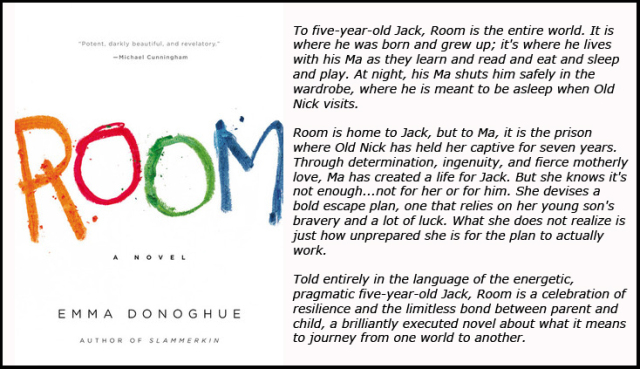
That’s kind of a cool cover, mostly greyscale, some brown, that pop of yellow. A woman, her hair merging with a flock of birds. There’s a sense of something ominous in the misty/smoky texture and that grey/black predominance.
This is today’s top book in the Kindle store.
Why did I pick this? Because of all the books offered to Prime subscribers as their Kindle First selection for January, this is the one that snagged my purchase. The blurb worked better for me than the others. (Well, personal taste played its part, too.)
Here’s the blurb on the item page at Amazon:
Homicide detective Frost Easton doesn’t like coincidences. When a series of bizarre deaths rock San Francisco—as seemingly random women suffer violent psychotic breaks—Frost looks for a connection that leads him to psychiatrist Francesca Stein. Frankie’s controversial therapy helps people erase their most terrifying memories…and all the victims were her patients.
As Frost and Frankie carry out their own investigations, the case becomes increasingly personal—and dangerous. Long-submerged secrets surface as someone called the Night Bird taunts the pair with cryptic messages pertaining to the deaths. Soon Frankie is forced to confront strange gaps in her own memory, and Frost faces a killer who knows the detective’s worst fears.
As the body count rises and the Night Bird circles ever closer, a dedicated cop and a brilliant doctor race to solve the puzzle before a cunning killer claims another victim.
First, let me point out a grammatical error: It should be “a series of bizarre deaths rocks.” The word “series” here is used as a set, hence, singular. A series rocks, not a series rock.
Blurb Analysis
Two brief paragraphs and a final single-sentence paragraph. That’s short, but not too short.
First paragraph: Hook them.
We start with the who, or rather the whos. Homicide Detective Frost Easton is the protagonist–mentioned first, also. This person needs to solve the criminal problem set forth. We have us a detective story. (Genre) The next named who is the psychiatrist, the deuteragonist, and it’s her patients going berserk and killing. (The What). The audience that will enjoy crime fiction knows right off the professions (detective, psychiatrist) and the crime distinction (female psych patients killing).
I find that setup pretty intriguing. It’s “hooky.”
Second paragraph: the antagonist and escalation
Another who emerges in an apparent antagonist: The Night Bird. That moniker is intriguing and the reader will be wondering why it was chosen, what it means. It’s a mysterious thing, and that’s a plus in detective fiction, because it raises one more question–the other big one raised being why the women are going bonkers and killing. Make them want to find out why and that makes them buy.
In this paragraph, we see clear complications–the escalation of conflict. We want things to get WORSE in this genre, much worse, before it resolves. More victims are dying (urgency to find solution) and the investigators themselves are dealing with their personal issues. Internal and external conflict both heat up.
Closing paragraph: Emphasize the stakes, promise the suspense.
You see a sense of pressure at its highest and that the main players are are going to have a hard race to the culmination (needed in this type of fiction).
This one-sentence paragraph also is giving us some characterization–dedicated, brilliant, cunning.
Button-pushing, key words and phrases emerge early and accrue to nab the interest of the browsing reader who likes detective/crime fiction: homicide, detective, psychiatrist, bizarre deaths, psychotic breaks, controversial therapy, terrifying memories, victims, dangerous, secrets, cryptic messages, strange gaps in memory, worst fears, body count rises, brilliant, puzzle, cunning killer.
Strengths: Most are mentioned above in the key words, but I’ll add that for me the women going berserk and the cryptic messages were very strong “clinchers” in the blurb. I want to know why the patients are losing it violently and I want to read those cryptic messages. Don’t you? Well, to find out, I have to read the story.
There it is: the blurb worked on ME.
Weaknesses: I would have liked some hint at what the detective’s strength or weakness was, not just the “worst fears” phrase. I also would prefer a sense of what the particular therapy was–medication or regression or behavioral or what.
I like quirky detectives, and while “dedicated” is a good-guy term (hero term), I would have preferred something more colorful, better at showing us the distinctiveness (if any) of this cop.
For example, Monk was obsessive-compulsive, and Sherlock describes himself as a high-functioning sociopath in the MASTERPIECE series version. Those are highly intriguing, specific ways of describing a character. “Dedicated” is bland. Really bland. If you had a choice between a narcoleptic detective or a dypsomaniac detective or a Sufi mystic detective or a mysophobic detective or a gambling detective or a transgender detective or a PTSD detective versus a “dedicated detective,” who would you choose to read?
Same with the psychiatrist: Even though I do find “brilliant” a key term–we like those who are supremely bright and competent in fiction, don’t we?–I would have preferred something more enticing and more uniquely characterizing.
This blurb did a lot right. (Sold me!) But it could have done better.
Tip: Think of vivid, intriguing ways to describe your character. Don’t rely on bland adjectives. Brainstorm those key descriptors.


